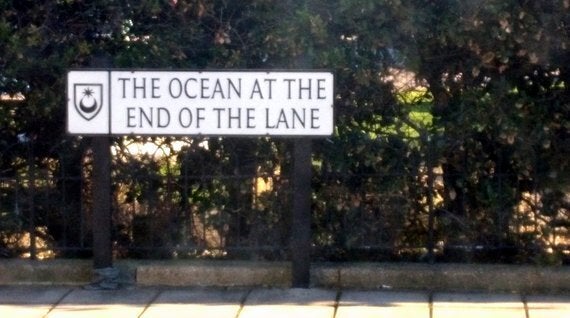2017 has been dubbed "The Year of the Literary Heroes" thanks -i n part - to the 125th anniversary of the first Sherlock Holmes publication by author and physician Sir Arthur Conan Doyle. The book, published in 1892 was the first collection of Holmes stories which Conan Doyle had been publishing in magazines since 1887.

Conan Doyle Show Case Portsmouth City Museum credit Solange Berchemin
Like many readers, I first picked up a volume of the adventures of Sherlock Holmes as a child and, the child in me has always been disappointed by the fact that Sherlock and Watson's famous address at 221B Baker Street doesn't actually exist but why should it? For tangible evidence of Holmes genius, I should have been looking into the author, not the character
The search led me to Portsmouth where Conan Doyle set up his medical practice in 1882 and where he wrote the first two Holmes stories. While living in Portsmouth Conan Doyle did much more than writing. He was a goalkeeper for the local football team and he getting into a ring to box. He played cricket in the same team as J.Barrie, the creator of Peter Pan and popularized skiing. In the late 19th century, Spiritualism was a popular system of belief, the practice of the occult and paranormal was common. Doyle believed that these practices had a scientific background which is one of the reasons he became a Free Mason.
Following a literary trail is a fun way to get them into the stories and the characters. Sherlock Holmes trail could start with Conan and Louisa Doyle's first home. The house where they lived has been bombed during the war, like most of the buildings in Portsmouth but a Blue Plaque marks the spot. In this case, most of the visit will take place in Portsmouth City Museum which offers a wonderful permanent exhibition called ' A Study in Sherlock'.
This exhibition showcases the largest collection pertaining to Doyle and his creation Sherlock Holmes in the world. The gallery explores Doyle's early life as a doctor in Portsmouth, his sporting activity and later interest in spiritualism as well as Sherlock Holmes as depicted in films, theatre, advertising and elsewhere. It includes a Sherlock Holmes mystery and a narration by Stephen Fry, patron of the collection.
Michael Gunton, the museum's resident Doyle expert, uncovered the collection for me. As I was marvelling at a case containing, games, cards, fake everything and more. He explained, "the marketing memorabilia was developed in the 30th but people were already writing spoofs of the great detective from 1900. For example, there is a silent film from 1916 called "the Mystery of the Leaking Fish" in which the hero called "Coke Anyday" is a detective who sniffs a talcum-like-powder which enhances his powers of investigation. Every few years there is a creation which draws the attention to Sherlock Holmes taking the name and sometimes very little else."
Conan Doyle loved Southsea/Portsmouth. Though he left after a decade, he bought a second home there, probably attracted by the town raw energy and the ambient patriotism. There is something about literature and Portsmouth/Southsea. Something which can be not be explained. It has been home to a large number of famous authors. H.G. Wells and Somerset Maugham had a miserable time while living there, unlike Kipling whose memories of the town are happy. Dickens was born in Portsmouth. I would never hazard a guess at Neil Gayman's feelings towards his hometown but it certainly inspired him as the road lay-by near the sea which serves as bus terminal is called The Ocean at the End of the Lane.

The Ocean at the end of the lane credit Solange Berchemin
